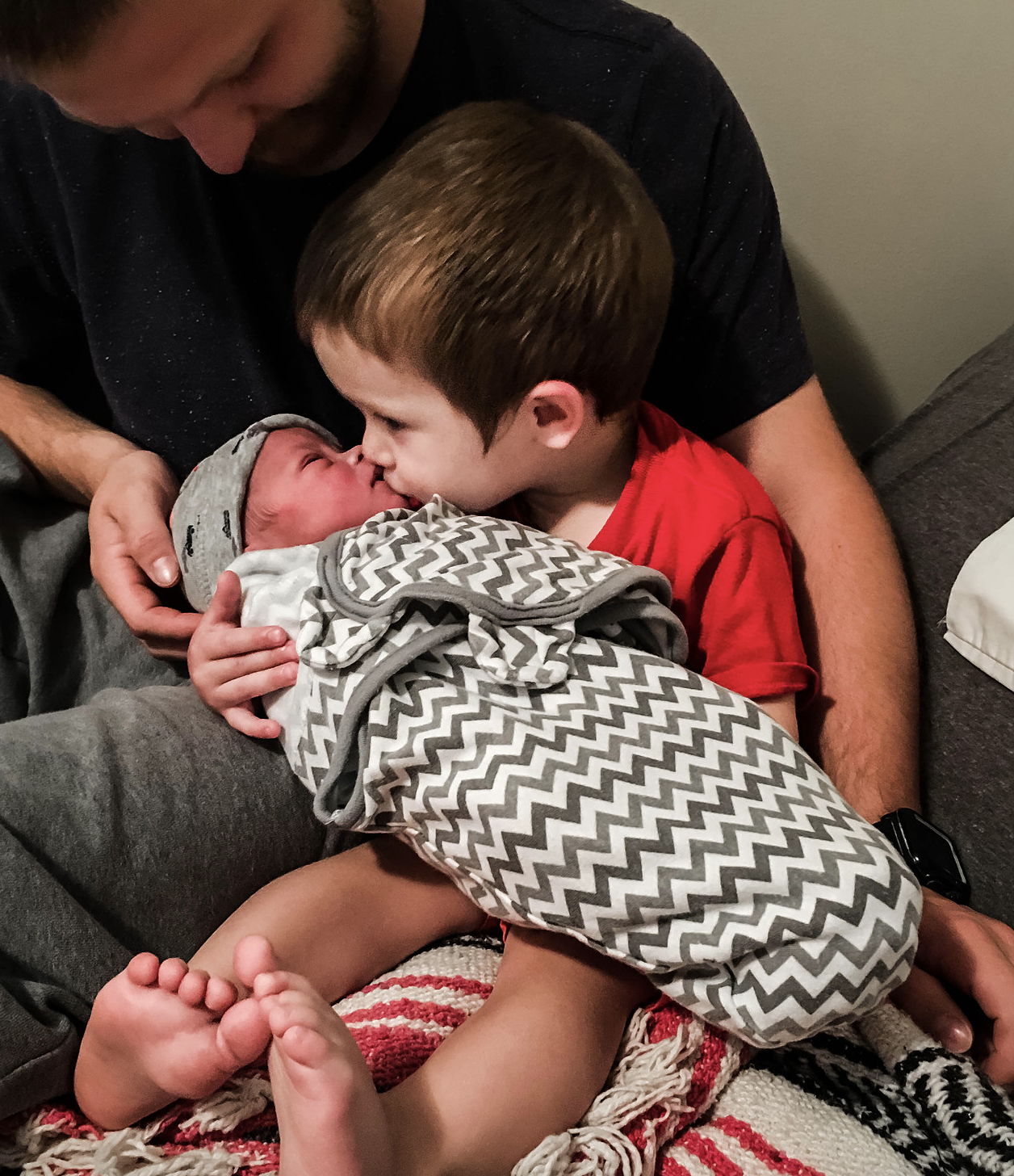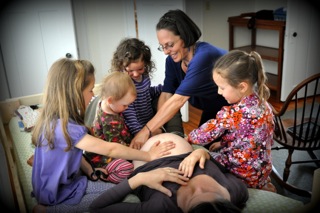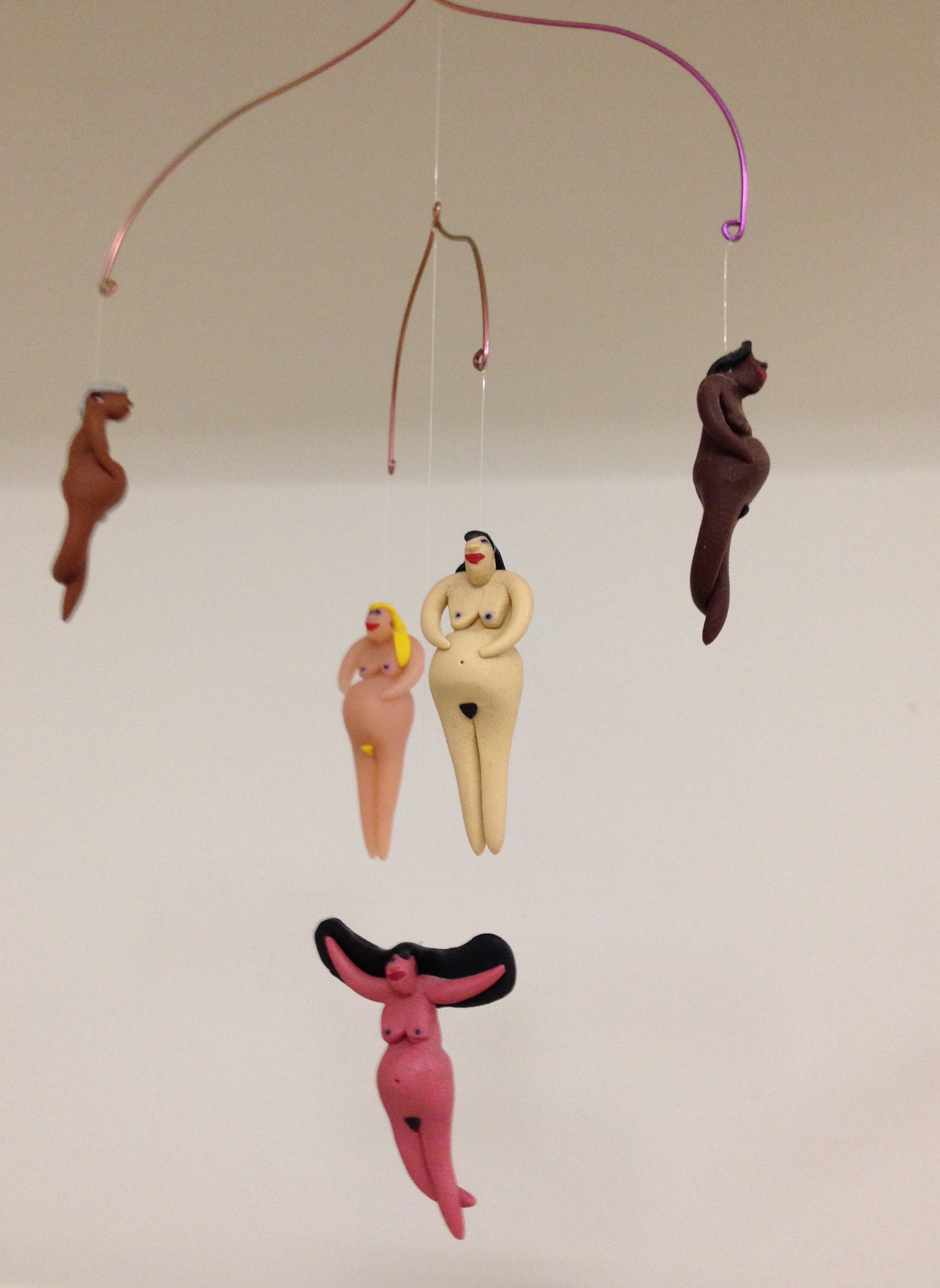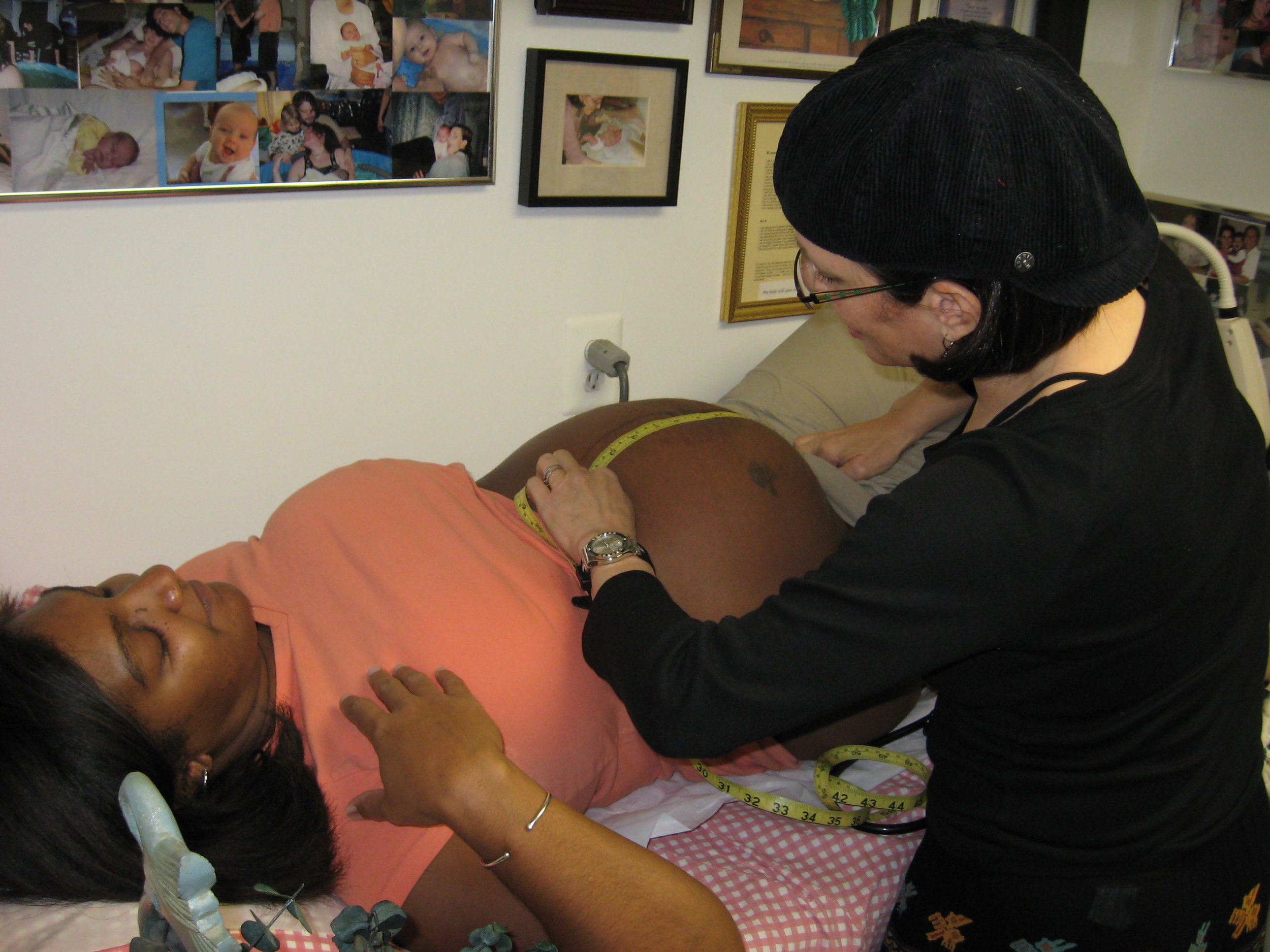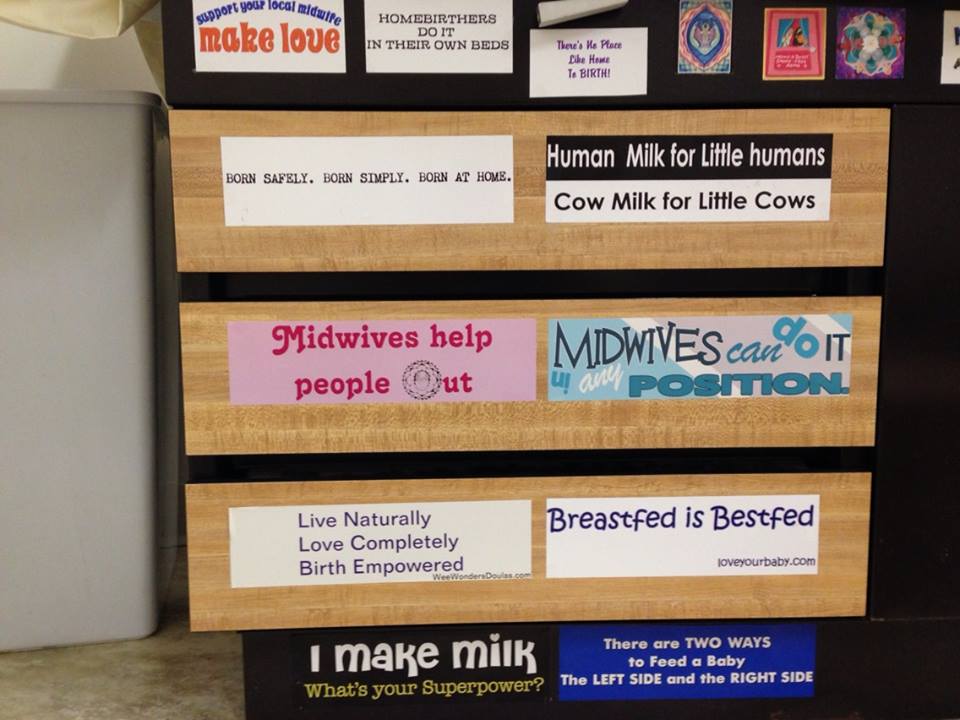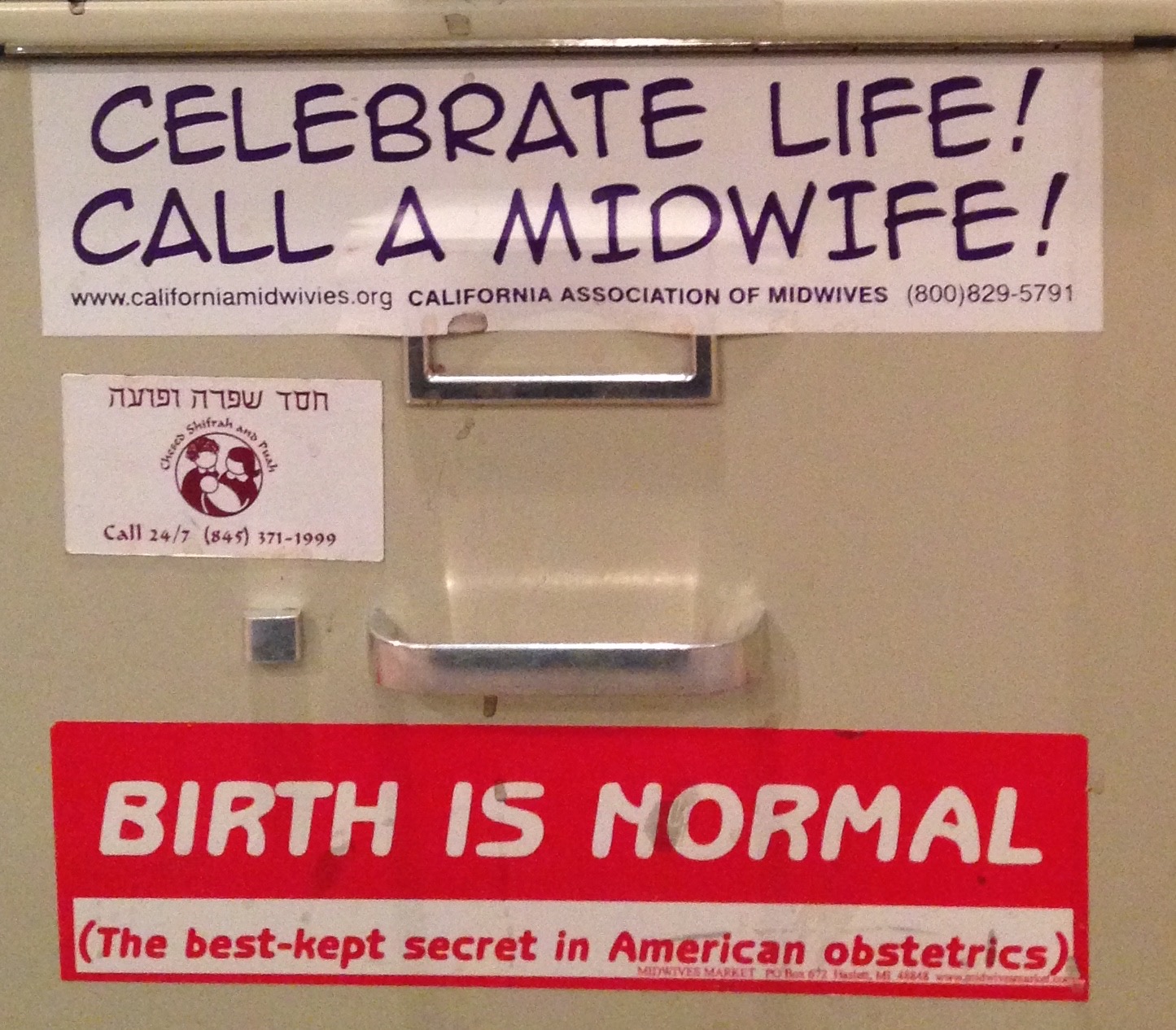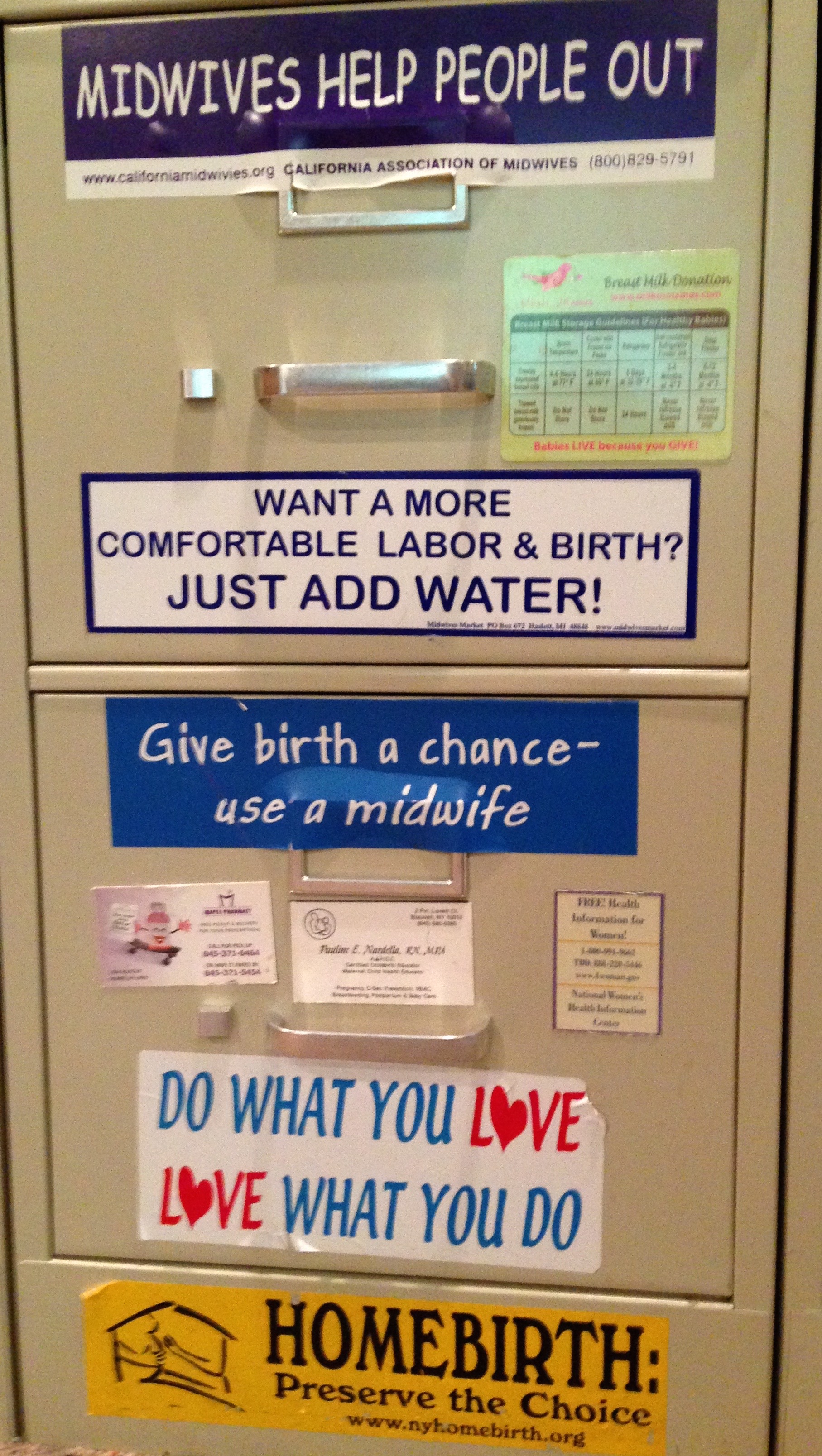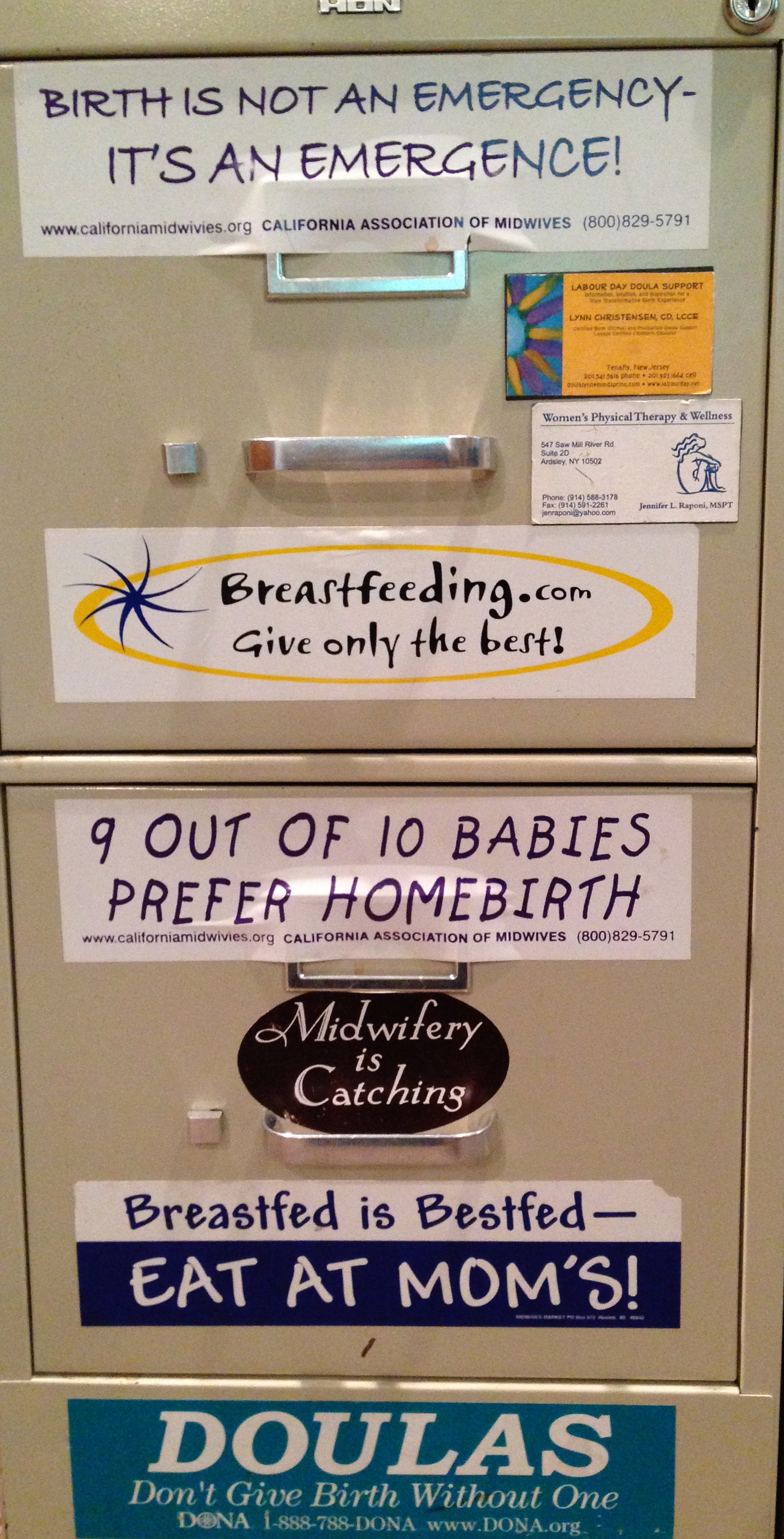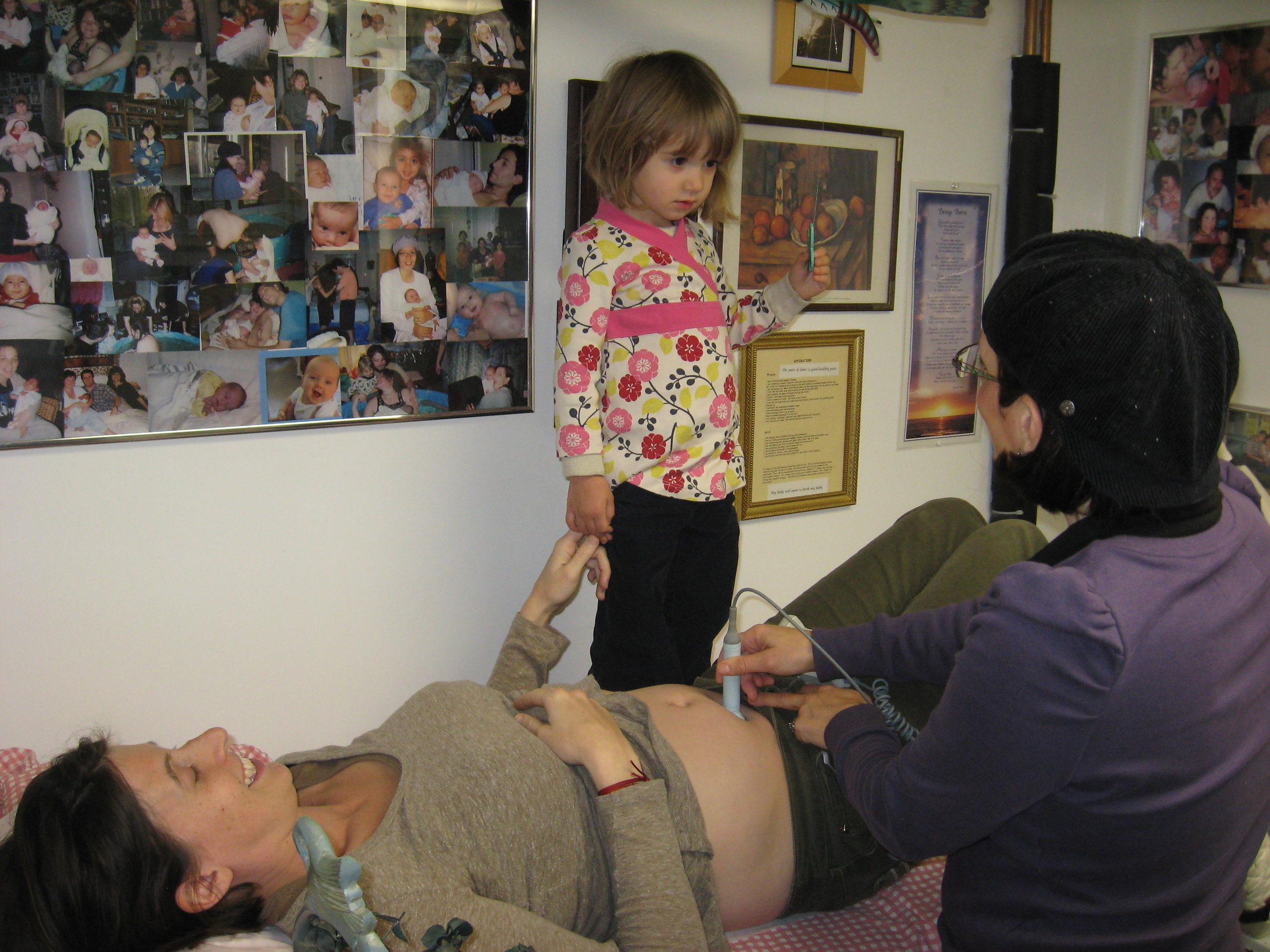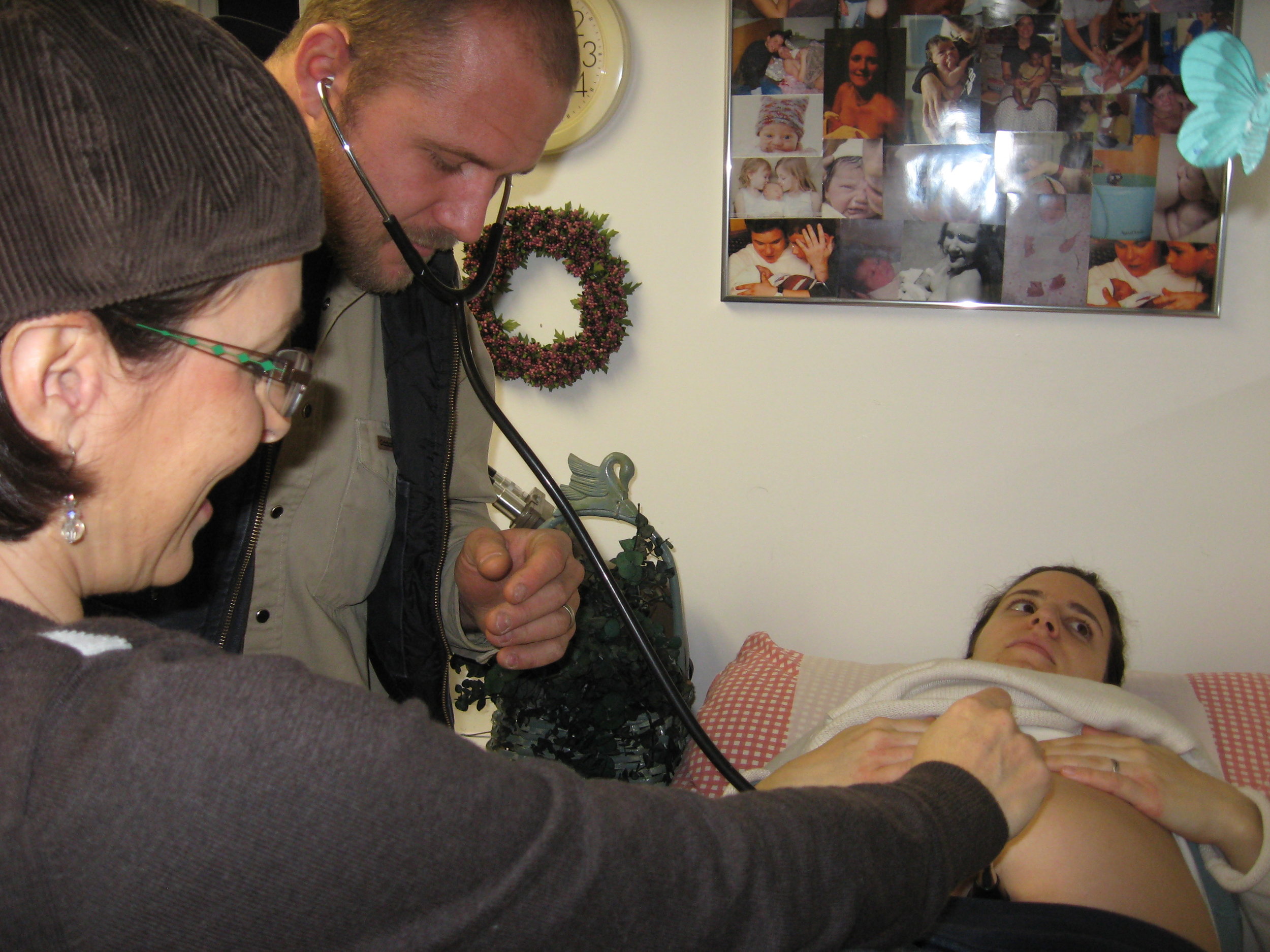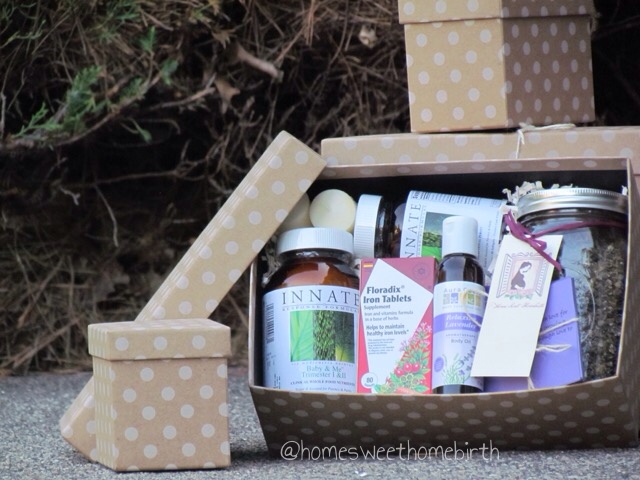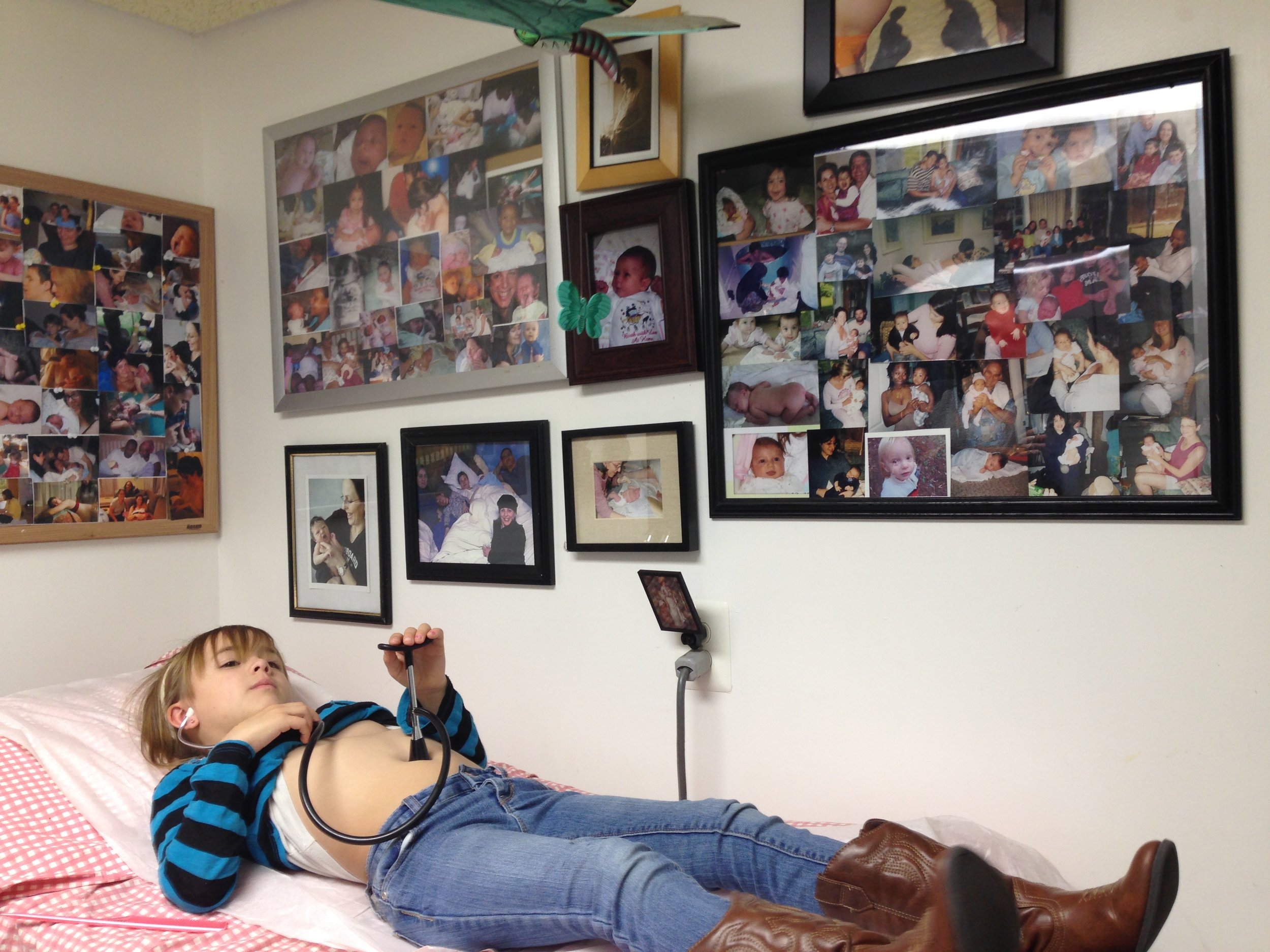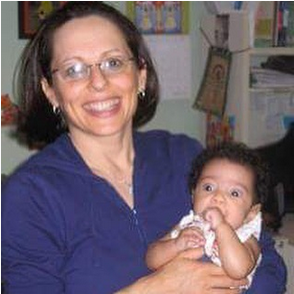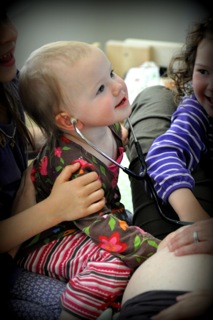There are so many things to consider when preparing for pregnancy
Every momma wants to give her baby the best possible start in life. Preparing for pregnancy will enhance your own health for fertility success, and set yourself up to provide a healthy environment for your baby.
But, where do you start? Taking a natural, holistic approach to preparing for pregnancy includes optimizing your diet, supplements, physical movement and state-of-mind. This is a less invasive, less expensive, and much healthier approach for both momma and baby before even considering the standard fertility treatments.
Eating for a Healthy Pregnancy
When preparing for pregnancy, it’s best to eat a wide variety of fresh, whole, plant-based foods and adequate protein. Your plate should be beautiful and colorful with plenty of varied vegetables, fruits, whole grains, beans, some nuts and seeds, seasoned with fresh herbs and spices. Look for:
Organic. Free of chemical fertilizers and pesticides that can damage fetal development, this is the best option for produce. Use the Dirty Dozen as a basic guide. These foods are to be either eaten organic or avoided.
Local. Choosing local typically means the food is at the peak of freshness, grown in your locality, maintaining more nutritional integrity.
Colorful. The various colors of fruits and vegetable provides differing nutrients. Make sure you’re eating a full spectrum of color to get a well-rounded diet.
Unprocessed. Chemical additives, preservatives, artificial sweeteners, food coloring and genetic modification can all negatively affect your health and your baby’s. If it comes in packaging, it’s probably not the best option.
Sugar-free. Sugar is damaging to you and your baby’s cells, and disrupts gut flora; it negatively impacts your pregnancy, and how you feel physically and emotionally. Sugar is found in almost all processed food. Look out for marketing tricks, like using four or five different types of sweeteners so manufacturers don’t have to list it as the first ingredient. Stick with natural sugars like in fruit, and if you must add a sweetener, a tad of pure raw honey or maple syrup is better.
Gluten-Free &/or Dairy-Free. Most women feel best when they are gluten-free. Try removing it from your diet for a week and see if you feel better in your mind and body, gain more energy or clarity. Many also feel better off cow dairy, but tolerate goat or sheep dairy products. Try a different week without it and note how you feel.
Hormone & Antibiotic-Free. Whenever possible, select the highest-quality organic meats and animal products, including wild fish from non polluted waters. If the animal food you’re eating was treated with hormones and antibiotics, your body and baby will be affected by that. And consider that most farm animals are fed genetically modified (GMO) corn and feed that is highly sprayed with pesticides. Animals who are free to move in the sunshine and graze in the green pastures, as they did for thousands of years before the modernization of the farming industry, produce the healthiest meat, diary and eggs for human consumption.
Healthy fats. Your body needs plenty of high-quality fat, especially when preparing for pregnancy. Ideally, you should be eating wild Alaskan or Norwegian salmon at least twice per week as well as healthy oils. Use extra virgin olive oil on cold foods (like for salad dressing) and light sautéing, and coconut oil or organic grass-fed butter for cooking at higher temperatures.
Hydration. Don’t forget to drink plenty of fresh spring or filtered water throughout the day. Work your way up to half your body weight in ounces. For example, if you weigh 150 pounds drink 75 ounces of water daily.
Preparing for Pregnancy with Supplements
In a perfect world, we would get all the nutrients we need from our food. But, with today’s industrialization of food and depleted soils, that has become virtually impossible. Additionally, the standard American diet is really empty of needed nutrition and even those of us with the best intentions do not eat all of what is needed for the health of ourselves or our pregnancies. The supplements you need when preparing for pregnancy will depend on your specific situation. Chat with me to find the best supplements for your body.
However, there are a few supplements that every woman should take daily. I take them myself and recommend them to all my clients. Following this supplement protocol has blessed me with feeling wonderfully vital and rarely getting sick - even when a bug is going around my house.
So what’s my supplement magic? I take whole food organic supplements from trusted, high quality, professional grade companies, including:
A multivitamin/mineral combination
Methylated folate in B complex
Calcium, magnesium, and D complex
Omega three fatty acids
Herbal iron depending on your iron stores
Mega-Probiotics that are colon and urogenital specific for women
My online dispensary is a convenient way for you to purchase my hand-picked, professional-grade, whole food supplements and other natural health products. Ordering is simple by category (listed in the prenatal section), and the products will be shipped directly to your home or work within a few days.
For more details on food and supplements for pregnancy check out my Natural Birth Secrets book, and in even greater depth, my online course.
Exercise for a Healthy Pregnancy and Beyond
Movement is another important aspect of preparing for pregnancy. Not only will a strong, agile and flexible body provide a safer prenatal home for baby, it will help you avoid aches and pains along the way, reduce inner stress, help in labor and even postpartum recovery. The right exercise can also get your body ready to ease your baby into a perfect birthing position.
Ultimately, the best exercise is that which you enjoy, so you stick with it. Vary activities that you love, and incorporate it into your life so it doesn’t feel stressful. Here are some types of movement to consider:
Walking. This is a great place to start if you’re someone who currently isn’t getting much exercise. Begin with a leisurely 15-minute walk every day, and build up to 45-60 minutes at a faster pace.
Yoga. Yoga will not only strengthen your body and make you more flexible, it’s been known to decrease stress and enhance your overall well-being as well. There are tremendous health benefits to regular yoga practice. There are even fertility yoga classes out there, designed with just this topic in mind! I teach private yoga classes, including yoga workshops for pregnancy and labor, as well as postpartum - which can be done locally or on Skype.
Dance. Dancing is such a great way to keep healthy and active! It is so much fun, and is a direct path to feeling awesome without realizing you are also getting a fabulous workout. It relieves stress, helps you feel and move emotions, and creates happy for you, and for your baby; your stress hormones as well as your happy love hormones pass through the placenta to baby....and both are contagious to those around you. Dancing also helps you tap into your sensual or sassy sexy, which is beneficial in pregnancy, labor and life! Dancing in labor uses gravity and asymmetrical movements to ease baby down and out through a wider birth canal. Start by taking dance classes, but you can also just turn on the music regularly and dance like no one is watching. I give group and private healing movement workshops - called Femme!, which is a wonderful experience for both men and women.
Weight-training. If you are not called to yoga or dance, back, arm, leg and core exercises help align your body and are great preparation for the uneven weight of pregnancy. Squatting helps prepare for delivery.
Pilates. Pilates has a strong emphasis on core conditioning and is also great for mommas-to-be.
Swim. It gets you outside, connected to nature and immersed in healing waters that soothes the soul. Swimming and water aerobics are also great ways to be active. In advancing pregnancy, it relieves common aches and discomforts, and pregnant women love the sense of weightlessness they feel in water.
If you’re someone who currently has an intense workout regimen and are having trouble conceiving, consider dialing it back to a lower intensity. Otherwise, moderately moving your body and being active each day is the way to go.
Tapping into Mindfulness and Joy
Reducing inner stress and living in joy are central to preparing for pregnancy. Inner stress can actually prevent pregnancy. Many of us recognize that we have grown out of alignment with our true natural being and it's time to get back to our original design.... get back in touch with the cyclic nature of our human bodies, our minds, our hearts and our spirits. The thoughts we think and the perspective we carry while preparing for pregnancy are incredibly influential.
Find ways to slow down, unplug and enjoy the journey. Make sure you are well rested, and getting 7-8 hours of sleep each night. Practice saying “no” to anything that doesn’t bring you calm and pleasure during this time. Explore ways to bring joy back into the things that aren’t optional. Stay as much as possible in the present moment, one moment, one breath at a time; practicing mindfulness - anchoring into what is going on around you and the sensations within you in the now transforms your life and will benefit your labor immensely. Consider a daily practice of mediation, journaling, and creating any form of art to help your body keep in a calm and joyful state. Decide to live a glorious life; dress and treat yourself like the goddess you are. Focus on what you have to be grateful for and all the blessings in your life. Connect more in community with those you love, and those who inspire you. Clear your body of trapped emotional pain, trauma and internal stress, and transform self limiting beliefs and thought patterns with Clarity Breathwork. Turn negative thoughts into positive affirmations, for example: My body is strong and healthy for pregnancy or I am the perfect age to become a mother; empowering uplifting thoughts are usually the opposite of, and more true than the false stories we typically tell ourselves.
Acupuncture is a great way to relax and has the added bonus of hormone regulation and improved ovarian function. Many women who had some initial trouble conceiving often get pregnant after receiving acupuncture by a practitioner with expertise in fertility; I have seen it used in conjunction with routine infertility treatments, and have seen successful pregnancies even after several IVF attempts failed.
We’ve discussed a lot of lifestyle factors here. Some might be big changes for you. Don’t let them overwhelm you. I’m a huge fan of the 80-20 rule. Spend 80% of your efforts on achieving optimal habits and allow yourself the freedom to enjoy the other 20% without guilt.
Fertility Awareness
Learn the signs of fertility so you can make sure you have intercourse during the small window of time when you are likely to conceive, you get the most accurate estimation of pregnancy dating, and you will even know when you are pregnant before you can take a pregnancy test. This is key, and will also provide helpful information as to causes of difficulties should you need professional guidance. I cover this in more detail in my Natural Birth Secrets book.
For further inspiration and optimal health during pregnancy, birthing and postpartum, please make sure to click here to take my online Love Your Birth course, so you can ROCK your journey wherever and however you plan to give birth.


















